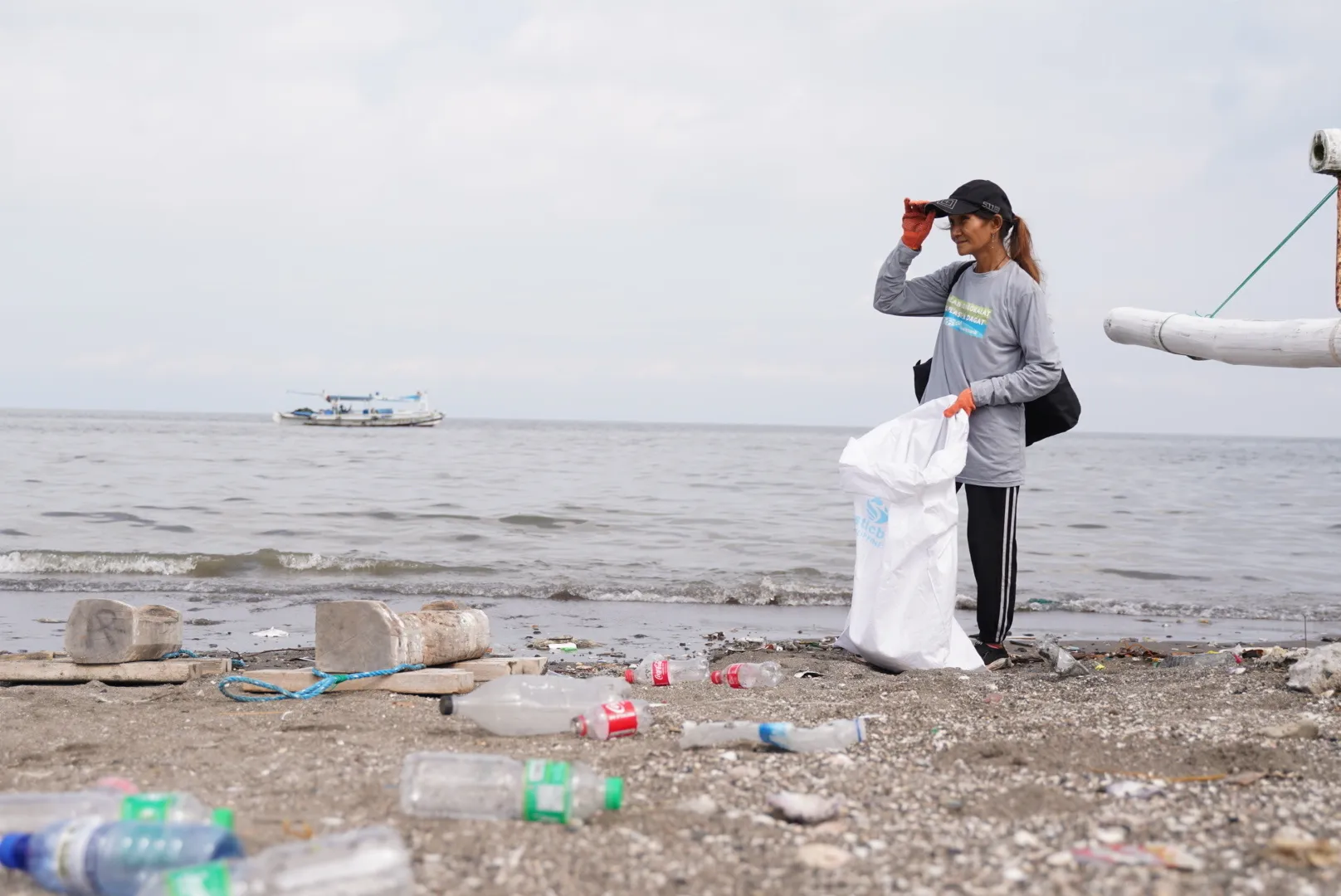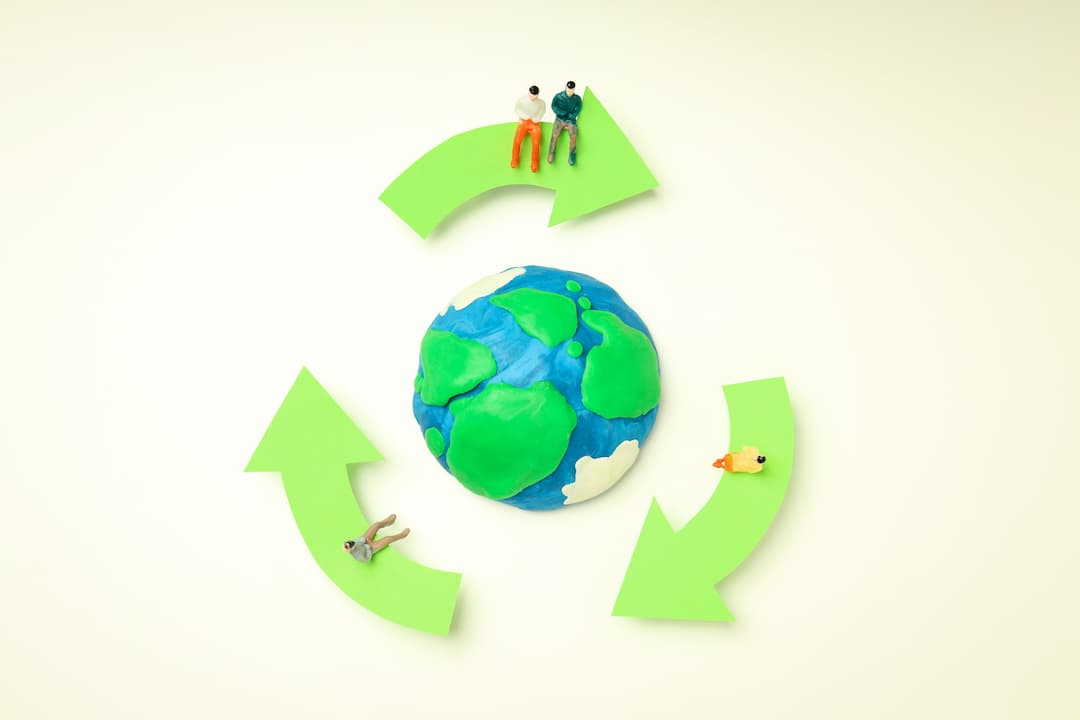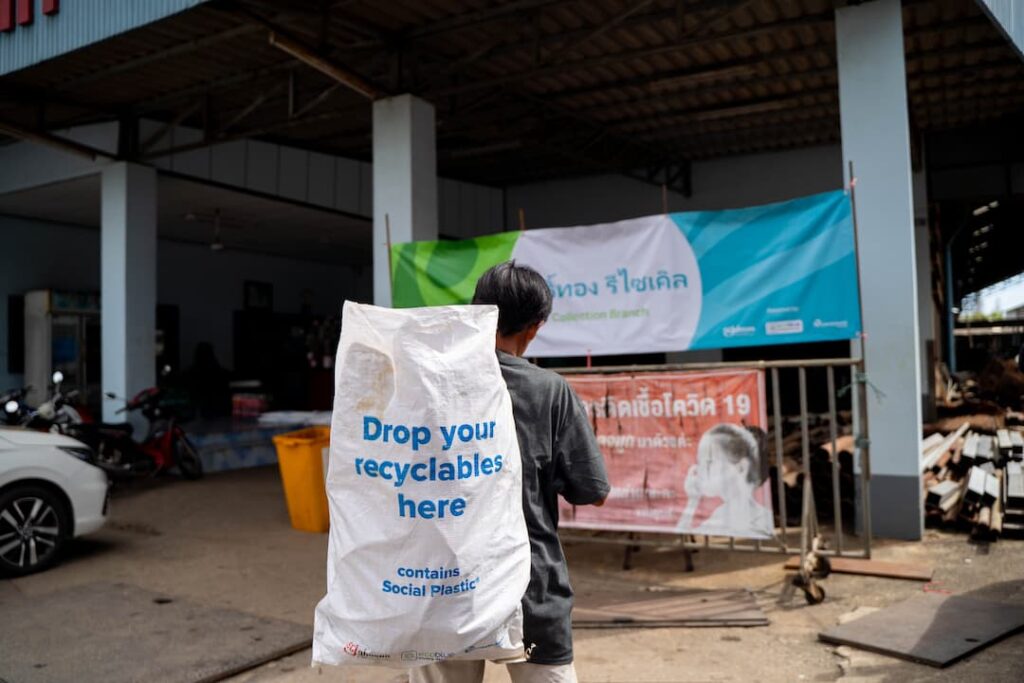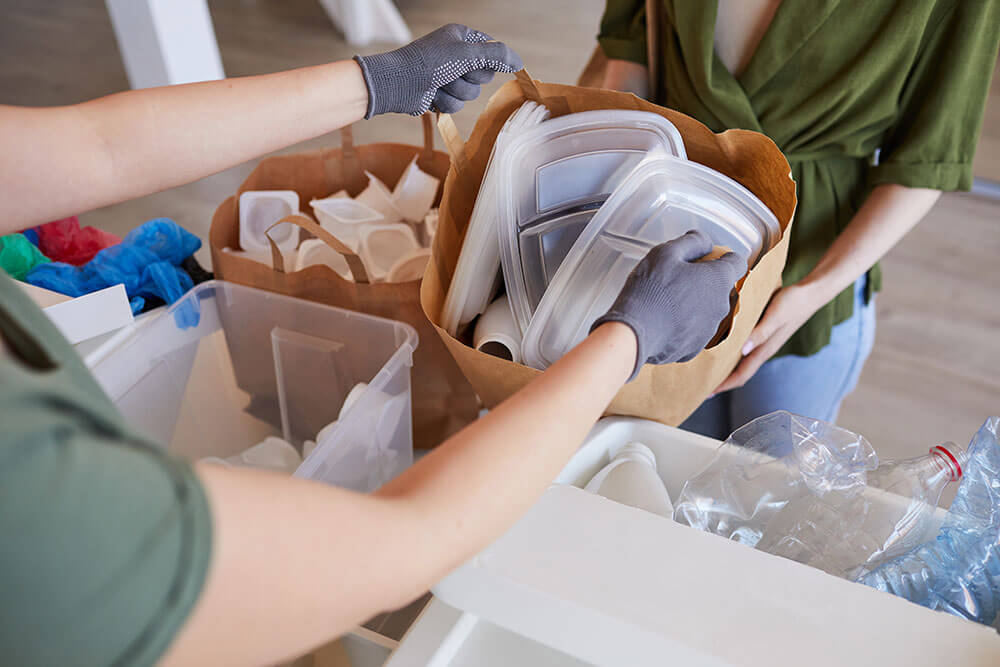 Plastic Pollution and Recycling
Plastic Pollution and Recycling

Plastic pollution continues to pose an escalating threat to environmental and human health. For Plastic Free July 2025, here are 20+ must-know statistics that shed light on the scale, impact, and solutions to the plastic crisis. These facts span production, recycling, ocean pollution, microplastics, policy, and consumer behavior all designed to raise awareness and inspire action.
Global plastic production and waste
- Humanity produces more than 400 million tonnes of plastic each year, much of which ends up in the environment.1
- Only 9% of plastic waste is recycled globally.2
- Plastic accounts for 85% of marine litter, with volumes of plastic pollution flowing into marine areas expected to nearly triple by 2040, adding 23–37 million metric tons of plastic waste into the ocean per year.
Ocean pollution and marine life
- Each year, an estimated 11 million tonnes of plastic enter the world’s oceans.4
- Plastic pollution causes an estimated $13 billion in damages annually to marine ecosystems.5
Microplastics and human health
- Microplastics have been detected in more than 100 aquatic species worldwide.6
- Microplastics have been found in human arteries, lungs, brains, and even breast milk.7
- A new disease caused solely by plastics, termed “plasticosis,” was discovered in seabirds.8
Recycling, circularity, and innovation
- Recycling plastics saves up to 84% of the energy required to produce new plastics from raw materials. 9
- Recycling plastic bottles can reduce greenhouse gas emissions by up to 25% compared to producing new bottles.10
- The adoption of circular economy principles in plastics aims to reduce virgin plastic use by 50% by 2030.11
Country-level insights
- The United States produces around 42 million metric tons of plastic waste each year, the highest in the world.12
- China is the world’s largest plastic-producing country, with a 32% share of global production.13
- India has the best plastic recycling rate in the world, reportedly recycling as much as 60% of its plastic waste.14
Environmental and economic costs
- The financial burden of plastic waste management is massive, with global costs for collecting, sorting, recycling, and disposing of plastics expected to range from $643 billion to $1.61 trillion by 2040.15
Solutions and global action
- Plastic pollution could be reduced by 80% by 2040 if countries and companies make deep policy and market shifts using existing technologies.1
- The United Nations Environment Programme (UNEP) is leading efforts to develop an international legally binding instrument on plastic pollution, including in the marine environment.16
- Over 60 countries have implemented bans on single-use plastics as of 2023.17
Plastic overshoot day
- In 2025, the global Plastic Overshoot Day is projected to occur on September 5th, marking the point when the amount of plastic waste generated exceeds the world’s capacity to manage it.18
Consumer behavior and awareness
- 72% of global consumers are willing to pay more for sustainable products.19
- 78% of US consumers say they feel better when they buy products that are sustainably produced.20
- 85% of consumers report experiencing firsthand the disruptive effects of climate change in their daily lives.21
- 94% of consumers are likely to be loyal to a brand that offers complete transparency.22
- 55% of consumers say environmental responsibility is very or extremely important when choosing a brand.23

The facts are clear: plastic pollution is not just an environmental issue; it is a social and economic one that affects every corner of our planet. From ocean litter and microplastics in our bodies to the overwhelming financial cost of managing plastic waste, the need for action has never been more urgent. But amid the challenges, solutions already exist and your choices can help scale them. This Plastic Free July, join us in transforming plastic waste into a force for good. At Plastic Bank, we empower communities to stop plastic from polluting the environment while helping them thrive economically. Every action you take, whether switching to reusable products, sharing the truth about plastic, or supporting social recycling, brings us one step closer to a cleaner, more just world.
Open your free Plastic Bank Impact Account and help turn plastic into prosperity. Together, we are not just reducing waste. We are building a movement.
- United Nations Environment Programme. “Turning Off the Tap: How the World Can End Plastic Pollution and Create a Circular Economy.” UNEP, 2023, https://www.un-ilibrary.org/content/books/9789280740240#:~:text=The%20report%20proposes%20a%20systems,transformation%20towards%20circularity%20in%20plastics
- Organisation for Economic Co-operation and Development. “Global Plastics Outlook: Economic Drivers, Environmental Impacts and Policy Options.” OECD Publishing, 2022, https://www.oecd.org/en/publications/global-plastics-outlook_de747aef-en.html
- United Nations Environment Programme. “Marine Litter Vital Graphics.” UNEP and GRID-Arendal, 2016, https://www.unep.org/resources/report/drowning-plastics-marine-litter-and-plastic-waste-vital-graphics
- Pew Charitable Trusts. “Breaking the Plastic Wave: A Comprehensive Assessment of Pathways Towards Stopping Ocean Plastic Pollution.” Pew Trusts and SYSTEMIQ, 2020, https://www.systemiq.earth/breakingtheplasticwave/
- United Nations Environment Programme. “Valuing Plastic: The Business Case for Measuring, Managing and Disclosing Plastic Use in the Consumer Goods Industry.” UNEP, 2014, https://wedocs.unep.org/handle/20.500.11822/9238.
- United Nations Educational, Scientific and Cultural Organization. “Plastic Pollution.” UNESCO, 2021, https://www.unesco.org/en/articles/plastic-pollution-students-and-leaders-share-solutions-unesco-campus
- Smith, Alex L., et al. “Plasticosis: A Disease Linked to Plastic Ingestion in Flesh-Footed Shearwaters.” Journal of Hazardous Materials, vol. 445, 2023, https://www.researchgate.net/publication/259987495_Plastic_ingestion_by_Flesh-footed_Shearwaters_Puffinus_carneipes_Implications_for_fledgling_body_condition_and_the_accumulation_of_plastic-derived_chemicals.
- International Energy Agency. “The Future of Petrochemicals.” IEA, 2018, https://www.iea.org/reports/the-future-of-petrochemicals.
- European Environment Agency. “Plastics Recycling in Europe: Challenges and Opportunities.” EEA, 2020, https://www.eea.europa.eu/en/european-zero-pollution-dashboards/indicators/plastics-recycling-in-europe-obstacles-and-options
- Ellen MacArthur Foundation. “A New Textiles Economy: Redesigning Fashion’s Future.” EMF, 2017, https://ellenmacarthurfoundation.org/a-new-textiles-economy.
- Law, Kara Lavender, et al. “The United States’ Contribution of Plastic Waste to Land and Ocean.” Science Advances, vol. 6, no. 44, 2020, https://www.science.org/doi/10.1126/sciadv.abd0288.
- Statista. “Distribution of Global Plastic Materials Production in 2022, by Region.” Statista Research Department, 2023, https://www.statista.com/statistics/297974/distribution-of-global-plastics-production-by-region.
- Press Information Bureau, Government of India. “India Recycles Over 60% of Plastic Waste.” PIB, 2023, https://www.pib.gov.in/PressReleseDetailm.aspx?PRID=2130150
- The Minderoo Foundation. “The Plastic Waste Makers Index.” Minderoo, 2023, https://cdn.minderoo.org/content/uploads/2023/02/04205527/Plastic-Waste-Makers-Index-2023.pdf
- United Nations Environment Programme. “Turning Off the Tap: How the World Can End Plastic Pollution and Create a Circular Economy.” UNEP, 2023, http://unep.org/events/press-conference/turning-tap-report-launch
- United Nations Environment Programme. “Intergovernmental Negotiating Committee on Plastic Pollution.” UNEP, 2024, https://www.unep.org/inc-plastic-pollution.
- Earth Day Network. “Canada’s ban on single use plastics” EarthDay.org, 2022, https://www.earthday.org/canadas-ban-on-single-use-plastics/
- Plastic Overshoot Day. “Plastic Overshoot Day 2024 Report.” EA Earth Action, 2024, EarthDay.org, 2022, https://plasticovershoot.earth/report-2024/
- Capital One Shopping. “Eco-Conscious Consumer Statistics (2025): Latest Data & Trends.” Capital One Shopping, 2025, https://capitaloneshopping.com/research/eco-conscious-consumer-statistics.
- Unilever. “Unilever Consumer Study Shows A Third Of Consumers Prefer Brands Doing Social Or Environmental Good.” Engage for Good, 2025, https://engageforgood.com/unilever-consumer-study-shows-third-consumers-prefer-brands-social-environmental-good.
- PwC. “Consumers Willing to Pay Average of 9.7% More for Sustainable Goods.” ESG News, 2024, https://esgnews.com/consumers-willing-to-pay-average-of-9-7-more-for-sustainable-goods-pwc-survey.
- Kline, Kenny. “Here’s How Important Brand Transparency Is for Your Business.” Inc., 2016, https://www.inc.com/kenny-kline/new-study-reveals-just-how-important-brand-transparency-really-is.html.
- Konstantinos Chatziioannou, “Plastic Free July: A Global Movement Against Pollution,” Pack-lab, https://www.packlab.gr/en/plastic-free-july-against-plastic-pollution/
- Zhihao Yuan, Rajat Nag, et al, “Human health concerns regarding microplastics in the aquatic environment – From marine to food systems,” Science of the Total Environment, June 1, 2022, https://www.researchgate.net/publication/358432419_Human_health_concerns_regarding_microplastics_in_the_aquatic_environment_-_From_marine_to_food_systems






